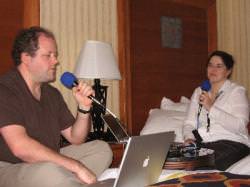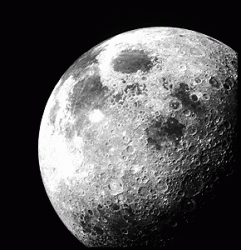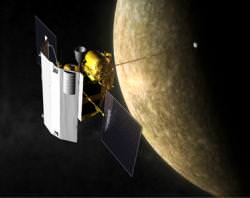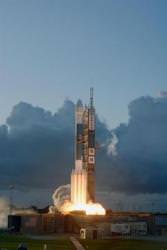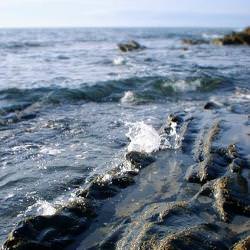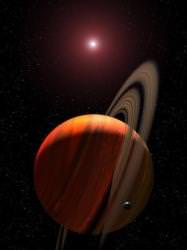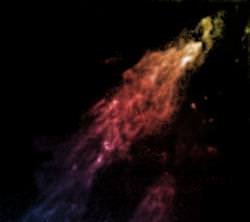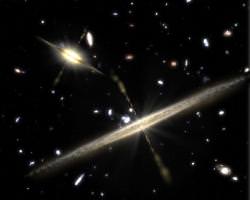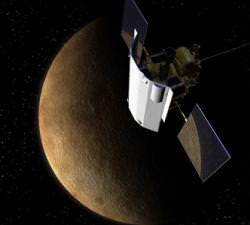Invisible, forceful, noisy and ever-present. We can’t get away from the air surrounding our bodies. It keeps us balanced, allows us to communicate, but most of all facilitates the ready transport of energy and material. Gabrielle Walker in her book An Ocean of Air – Why the Wind Blows and Other Mysteries of the Atmosphere reawakens our knowledge and appreciation of this wondrous medium. Her stories amplify the importance that humanity’s placed on air and the results of our continuing interest in this fascinating, ethereal element.
In ancient times, the air was credited with being a fundamental element. Though unseen and barely felt, people recognized it as being an essential commodity. Yet, with the dawn of enlightenment, certain individuals let their curiosity guide them into realms yet visited. Playing with enclosed spaces, altering temperatures, and capturing exhaust from chemical reactions all allowed these investigators to learn more and more about our featureless but very particular and special atmosphere. Now, with certainty, we know about the composition of air’s chemical elements, air’s different layers when ascending, and its role in moving dust and water about the Earth’s surface. But, its been hundreds of years of journeying in fits and starts that resulted in what we know about the air enveloping and protecting Earth’s surface.
Gabrielle Walker’s book gently accompanies the reader along the journey of humankind’s learning about Earth’s atmosphere. Within, she begins with Galileo and his measuring of the weight of air and ends with the confirmation of the existence of the Van Allen protective belts. However her approach for relaying humanity’s progress is far removed from the typical recitation of facts that are found in text books. Rather, she progresses from one unique personality to another during her chronology. For instance, after Galileo, she portrays Evangelista Torricelli, a compatriot of Galileo but who disagreed with some of Galileo’s ideas. She writes how Torricelli experimented but was afraid to promulgate results because of the Church and its belief in the heretical nature of a vacuum. Later, there’s Oliver Heaviside, a striking, very, very strange man who wore a tea cozy on his head and manicured his nails cherry red. Nevertheless, Walker shows Heaviside’s vital influence in defining the attributes of the ionosphere. Such is the state of progress in Walker’s book that the reader quickly accepts the special and complete nature of the individuals who kept adding to our knowledge of the Earth’s atmosphere.
This inclusion of the experimenters, together with their results, makes the book. But, given this focus, the book leans more to the pleasant than technical side of things. Walker seems only to include details of our atmosphere as learned through her chosen individuals. For example, Lavoisier isolated and named the constituent “oxygene”. Yet, aside from a few other elements or compounds, no other constituent parts or their discoverers get identified. Further, the choice of topics, though always fascinating, doesn’t necessarily flow. Properties of the atmosphere begin the book. Later, the reader learns of glaciation and carbon dioxide concentration, then the reason for the direction of trade winds, and finally the effects of the ionosphere on the propagation of radio waves. Accompanying these are tales of the Titanic, Sputnik and global warming. From this, the book altogether feels distinctive but it doesn’t have a comprehensive feel.
Nevertheless, Walker has written a very pleasant book to read. It’s as if she’s collected notes while popping all about in a little time machine. With this, both history and science take on a fascinating and very human dimension. For those who are fascinated by science but have long ago given up on science texts as being far too boring, then this book should easily re-awaken their fascination. Walker’s special rendition of unique, almost crazy individuals who valued knowledge much more than tradition is particularly captivating. Her solid basis on facts is assuring. Her choice of topic, that so often resides in today’s news headlines, proclaims its immediacy. There’s no doubt the average reader will have an entertaining and instructive time with this book.
Combining a famous scientist’s personal characteristics, together with an explanation of their discoveries, brings these great individuals back from the halls of the renown and into the common theatre of life. Gabrielle Walker’s book An Ocean of Air – Why the Wind Blows and Other Mysteries of the Atmosphere does just this in rekindling many great discoveries. As well, she includes details of the special characteristics of our atmosphere to remind us of the debt we owe these people in their investigation of the unseen air.
Read more reviews or purchase a copy online from Amazon.com.


